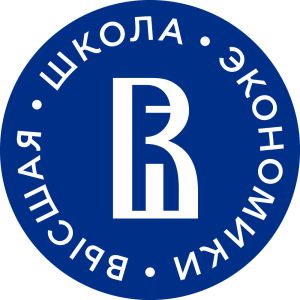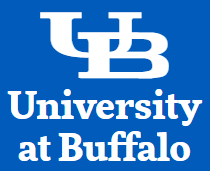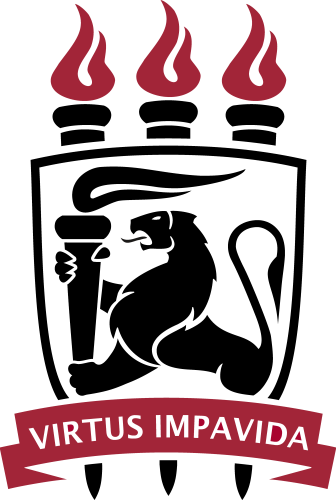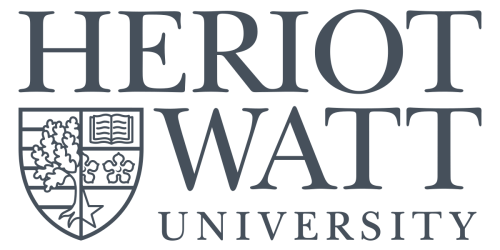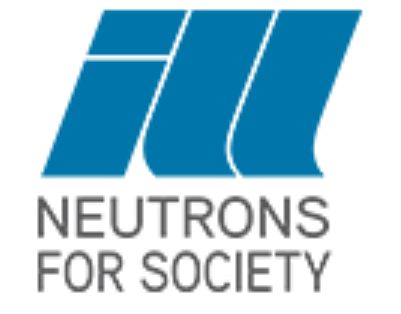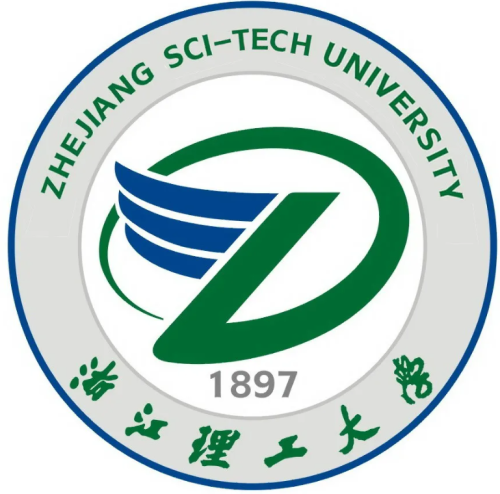Center for Quantum Metamaterials, HSE
Publications
147
Citations
2 783
h-index
29
Authorization required.
The purpose of the Center's creation and activities is to study the physical properties of metamaterials, which are significantly influenced by quantum effects. The name "metamaterials" comes from the Greek "meta", meaning "beyond". Metamaterials have properties that are not inherent in any of the materials that make up them. Today's technologies make it possible to create structures with characteristic scales of several nanometers or even less. At such scales, quantum effects play a crucial role. These effects can help, or they can interfere, so it is extremely important to "make them our friends." To do this, they need to be investigated and understand how they affect the physical properties of metamaterials.
- Numerical modeling of new superconducting metamaterials
- Numerical simulation of quasi-two-dimensional semiconductors and superconducting systems

Alexey Vagov
Head of Laboratory

Pavel Marychev
Researcher
Research directions
Semiconductor quantum dots
Two-dimensional semiconductor structures
Superconductors with a condensate consisting of many components
Properties of intertype superconductors
Low-dimensional and composite superconducting metamaterials
Magnetism and superconductivity
+
Recent advances in the study of ferromagnetic superconductors have opened up many new and interesting aspects of superconductivity physics, in particular concerning the magnetic properties of superconductors. The coexistence of superconductivity and magnetism in such materials depends crucially on how the magnetic and superconducting subsystems are connected. Namely, the most important thing is which of the two subsystems is the "strongest", i.e. which of the two critical temperatures is the highest - the Curie temperature of the magnetic ordering Tm or the critical temperature of superconductivity Tc. Recent experimental results have attracted attention to the study of ferromagnetic superconductors in which the superconducting subsystem is "stronger". In this case, not just ordinary ferromagnetic domains with corrections due to superconductivity appear, but self-organized structures are observed that do not exist either in ferromagnetic materials or in superconducting ones. Classification and description of such structures are currently missing and require detailed theoretical and experimental studies.
The effect of disorder and impurities on the superconducting properties of materials
+
The relationship between disorder and superconductivity is a very interesting and intriguing phenomenon in condensed matter physics. It is well known that conventional superconductors with a homogeneous order parameter are insensitive to a small concentration of non-magnetic impurities. This property is known as Anderson's theorem. In the mode of strong disorder, superconductivity is destroyed and even the superconductor–insulator transition occurs. Between these extreme cases, the most interesting regime may arise, where disorder even enhances superconductivity, which is observed in some alloys or granular materials. The mechanisms of this enhancement are still not completely clear and are being actively investigated.
Publications and patents
Found
Nothing found, try to update filter.
Lab address
г. Москва, Мясницкая улица, 20
Authorization required.
